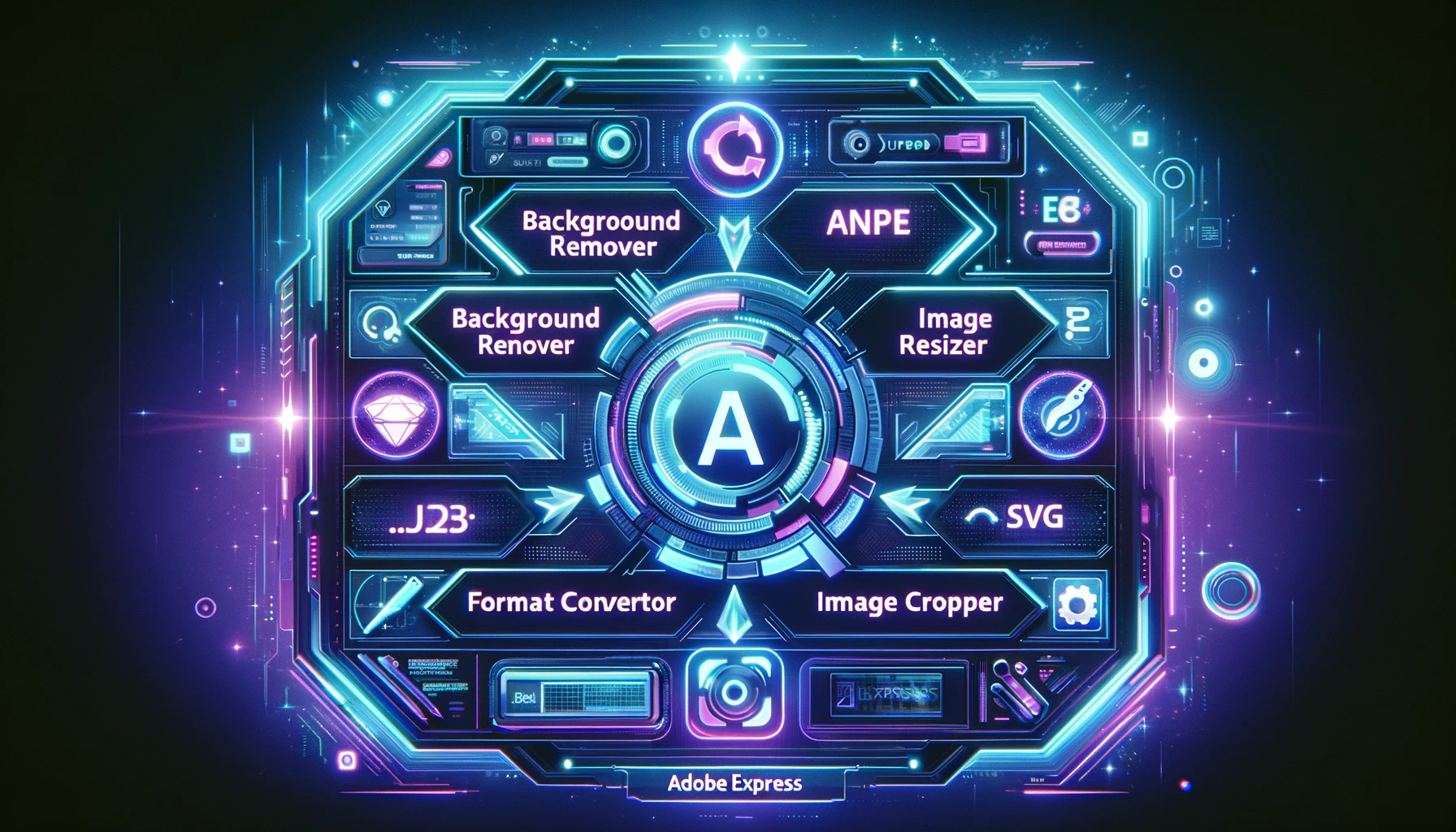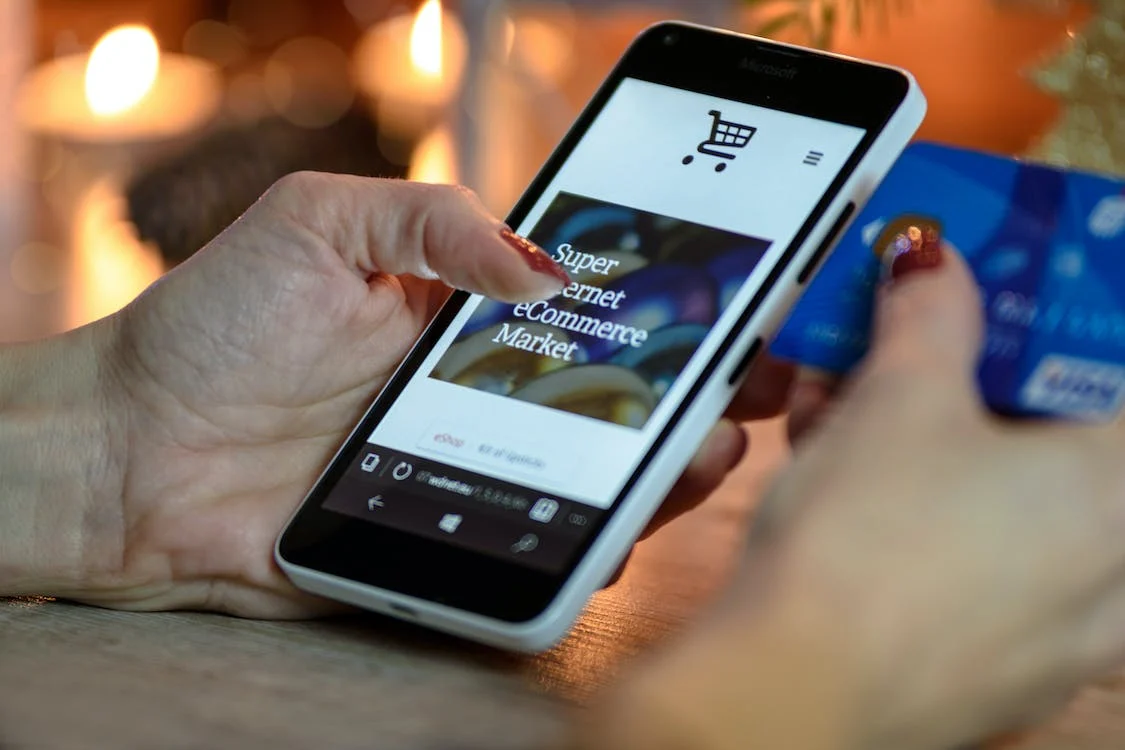For your prospective clients and partners to contact and connect with your website, it must be discoverable, functional, informative. Most importantly it must present the information in a manner that makes sense to your visitors.
Far too many functionally great websites have seen their demise, even before they took off. They committed the mistake of underestimating the power of design and user-friendliness. Simple, attractive, and neat websites that can give the users what they want are set for success.
As a business owner, you would very much like to know about and avoid the 7 deadly mistakes that all failed websites had in common. We discuss in-depth these 7 mistakes to avoid in web designing.
1. Too heavy to load fast
Sometimes to make the website more appealing, new web designers may use too many elements on each page- especially the home page. The first impression is the last one – at least in the world of short attention spans and shifting loyalties.
With faster loading time, your bounce rates will come down dramatically and the user can explore multiple options, data, and features you have to offer. There are numerous reasons why your website is slow, but we will touch upon the most common ones here. We are also giving the easiest fix for them alongside.
1. Raw or unoptimized images are used everywhere – always optimize your images and cache them locally.
2. Heavy themes, plugins, and modules that require to be loaded first before your content – update the plugins and modules every few days, use lighter themes that are not dependent on images.
3. The website requires high-speed connections to load – test your website on all sorts of devices and network speeds. Optimize for at least 3G networks.
2. Too much content
Now that you have used great website design software to optimize your images and design your website, you are still wondering why the bounce rate isn’t going down. Check if you have given all the information on each page.
If the answer to the above is yes, then you are giving too much information to the user – so much so that she feels bombarded by content! Most great websites say too much in too few words. Frugal but judicious use of words can help you convey your message, without overloading the senses of the visitors.
You must ensure that pertinent information is available right away or in as few clicks as possible. Instead of inundating the user with all product details, you can provide a link to the section. If a user is interested, she will navigate there and read it. Give them the choice and they will amaze you!
3. Too little content
Keeping the home page of your website does not mean depriving your users of all information. If one form of extreme is bad, then this other form of extreme is worse. Any user would come to your website in search of some information, service, or functionality.
If your content is too little – with no links, whatsoever, to reach the detailed pages/sections – then you are leaving your users high and dry. If your users could not find whatever they were looking for, they are not only not going to come back, they will post negative reviews about your ‘incompleteness.’ Images and text have different roles to play.
4. Works only on desktops
In an increasingly mobile world, if your website works best on desktops and is not designed with mobile-first principles, then it is bound to fail. According to a global stats report, mobile devices (including tablets) are driving more than 57% of the internet traffic. Therefore, designing a responsive and mobile-friendly website should be your first goal.
You can check out great responsive website design ideas at online design providers and stores. Even if you make your website only for mobile devices, still you would be able to garner a great deal of traffic, as compared to a desktop-only website.
5. Terrible navigation
If you want your users to reach somewhere, you must provide them with pointers. This is navigation. The concept is very simple to understand but too complex to implement successfully and effectively.
Efficient navigation can help you keep the users from losing their way in the maze of hundreds of pages buried deep into too many directories. Poor navigation – missing links, unavailability of menus, no breadcrumbs, and incomplete sitemap – can be the =biggest reason why your website may have healthy traffic stats, but poor conversion rates.
6. Poor and confusing design
Design is a subjective matter – someone may have coffee, and someone may prefer only juices. You may want a flashy website with bright colors splashed all over the place. Or you may want a minimalistic design for your website. The design includes too many elements – some of them discussed above – to be explained here.
Some of the most important design considerations and mistakes are:
1. Use of too many contrasting colors.
2. Use of fonts that are confusing due to style and size.
3. Lack of mobile-first principles.
4. Too many images taking up the screen.
5. The layout of the content is not clean.
6. Separate sections of the website are not clearly demarcated.
The list can grow long, and it takes a few weeks’ training to practice great website designs, like the ones available here.
7. Missing CTAs
For most websites bringing the user to them has a purpose. You want the user to take action. This can be subscribing to the website’s newsletter, purchasing products & services from there, paying bills, filling up a form, or even filing a complaint.
If you want to register all user interactions, especially the ones just before her leaving the page, you must ensure your CTAs (Calls to Action – links and buttons) are not hidden or terribly placed. A CTA that is clearly visible in the desktop version, but not on mobiles is in effect not available at all.
You must ensure that all your CTAs lead ultimately to the same goal and are clearly visible.
Conclusion
You do not want to be that website that launched and then went into oblivion because of high bounce rate, and low average visit time & pages per visit. You also do not want to be that website that is rarely revisited by users.
In the intensely competitive market, your website can be the de-facto leader and go to the portal, if only you could avoid these 7 design mistakes. Your competitors’ websites would not stand a chance with your visually stunning marvel of art and technology.









